Hello, my name is Riley Johnson, and I am someone who spent countless nights under the stars in all seasons. I’ve come to understand the critical importance of staying warm in the outdoors.
The ability to maintain a comfortable body temperature is not just a matter of comfort—it’s a safety imperative.
The wilderness can be unforgiving, and temperatures can plummet unexpectedly, turning an adventure into a survival scenario, especially if you opt for primitive camping, which is a pretty big challenge.
Through my experiences, I’ve gathered sufficient knowledge of thermal regulation and the science of body heat, which I’m eager to share with fellow outdoor enthusiasts.
Preserving Warmth in a Tent
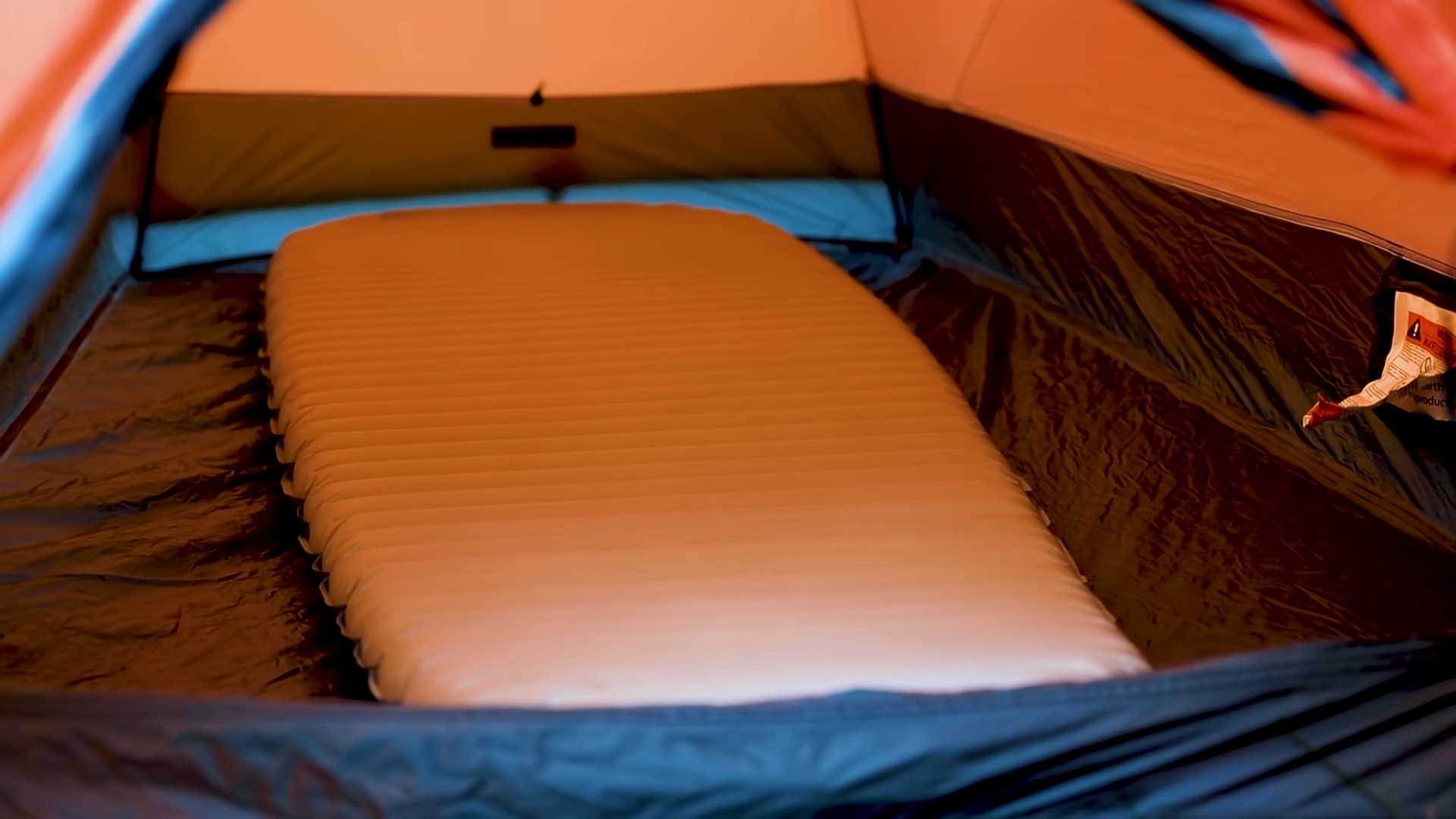
Before you do anything, make sure that your tent is cleaned properly. After that, the first thing is to create a plan for how to stay warm during camping.
Selecting the Right Camping Gear
The gear you choose is your first line of defense against the cold. A four-season tent, with its sturdier build and better insulation, is a must for any cold-weather camping. If you are interested in stealth camping, you should find gear with natural colors, to avoid being spotted.
When it comes to sleeping systems, don’t compromise—invest in a blanket and sleeping bag rated for temperatures lower than you expect to encounter.
The sleeping pad is equally important; it’s not just about comfort but also about insulation from the ground, which can be a significant source of heat loss. As you can presume, preserving the warmth is much easier in 2-person than in 4-person tents.
Clothing for Cold Weather Camping
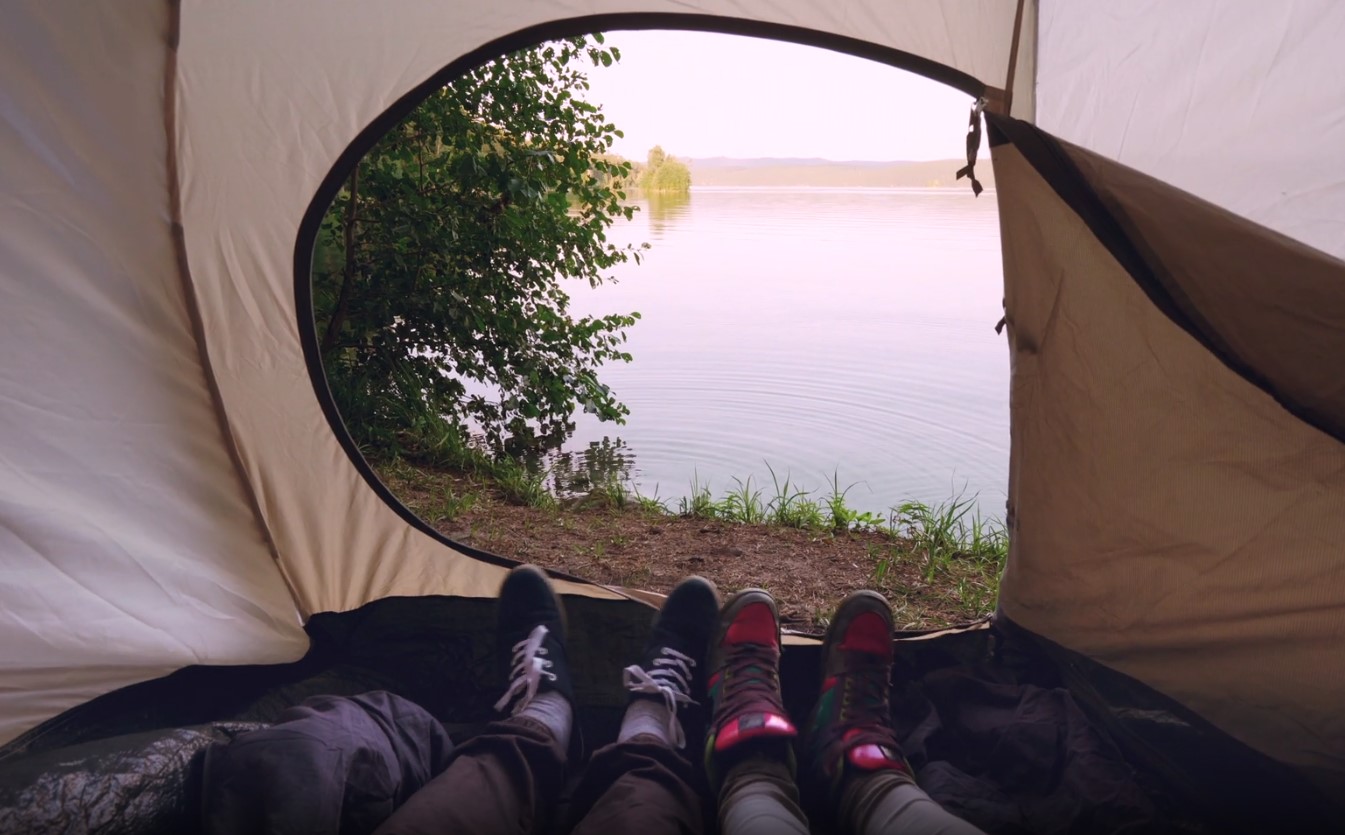
Clothing is your personal armor against the cold. The layering strategy is your best approach, allowing you to adjust your insulation as needed. Start with a moisture-wicking base layer, add an insulating middle layer, such as fleece or down, and top it off with a windproof and waterproof shell.
Materials like wool and synthetic fibers retain heat even when wet, unlike cotton, which can lead to a dangerous loss of body heat. As is the case with sleeping bags, you should bring clean clothes with you to avoid any unpleasantries.
Nutritional Considerations for Heat Production
Your body’s metabolism is like an internal furnace, and what you fuel it with can significantly affect its heat output. High-calorie foods are essential because they provide the energy your body needs to generate warmth. Complex carbohydrates and fats are excellent for sustained energy release.
Staying hydrated is also crucial, as water plays a vital role in your body’s thermal regulation processes.
Here, you’ll find some foods and drinks that are particularly effective at helping you stay warm
| Foods | Benefits |
|---|---|
| Nuts and Seeds | High in calories and fats for long-lasting energy. |
| Whole Grains | Provide complex carbohydrates for sustained heat production. |
| Lean Proteins | Essential for rebuilding muscles and aiding metabolic heat generation. |
| Spicy Foods | Can increase metabolism and perceived warmth. |
| Drinks | Benefits |
|---|---|
| Ginger Tea | Helps increase circulation and body temperature. |
| Hot Cocoa | Provides calories and warmth, a comfort drink that can help maintain morale. |
| Warm Broths | Offers hydration and warmth, plus sodium to replenish lost salts. |
| Herbal Teas | Caffeine-free options to stay hydrated without impacting sleep. |
How to Find the Right Sleeping Bag
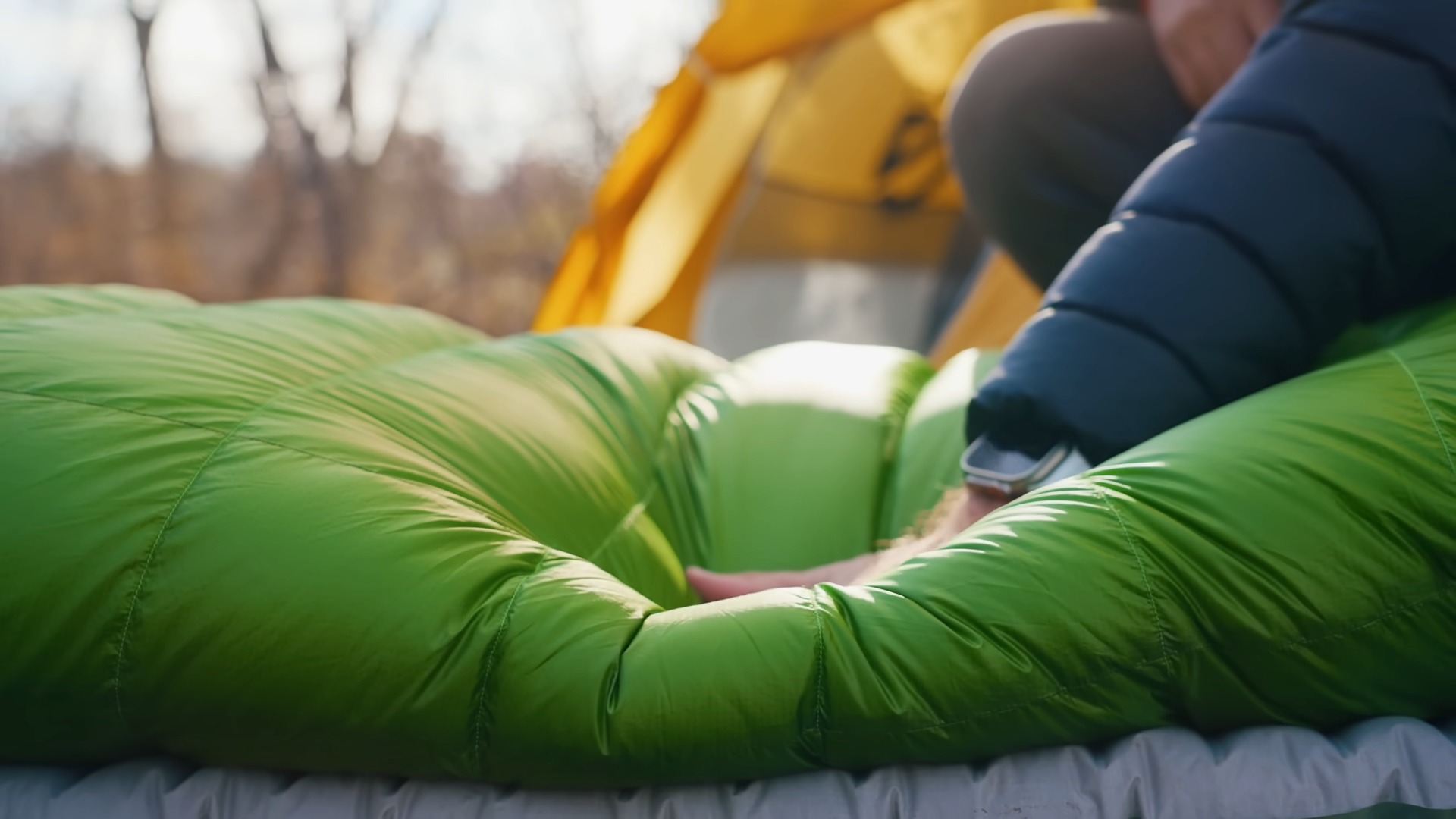
Selecting the appropriate sleeping bag is a critical decision for any camper looking to stay warm. A suitable sleeping bag acts as your primary defense against the night’s chill.
Here’s how to make an informed choice. Sleeping bags come with temperature ratings that indicate the lowest temperature at which the average sleeper should remain comfortable.
Consider the following:
- Choose a Bag Rated for the Coldest Temperature: Select a bag rated for temperatures lower than the coldest night you anticipate.
- Consider Your Personal Comfort: If you tend to be cold when you sleep, opt for a bag with an even lower temperature rating for added security.
Select the Right Insulation Type
The insulation fill of a sleeping bag determines its warmth, weight, and how well it compresses. Here are the two main types:
- Down Insulation: Offers an excellent warmth-to-weight ratio, compresses well, and is durable, but it can be more expensive and loses insulating power when wet unless treated for water resistance.
- Synthetic Insulation: Retains heat even when wet, is less expensive, and is hypoallergenic, but it’s typically heavier and doesn’t compress as well as down.
Reinforcing Tent Insulation
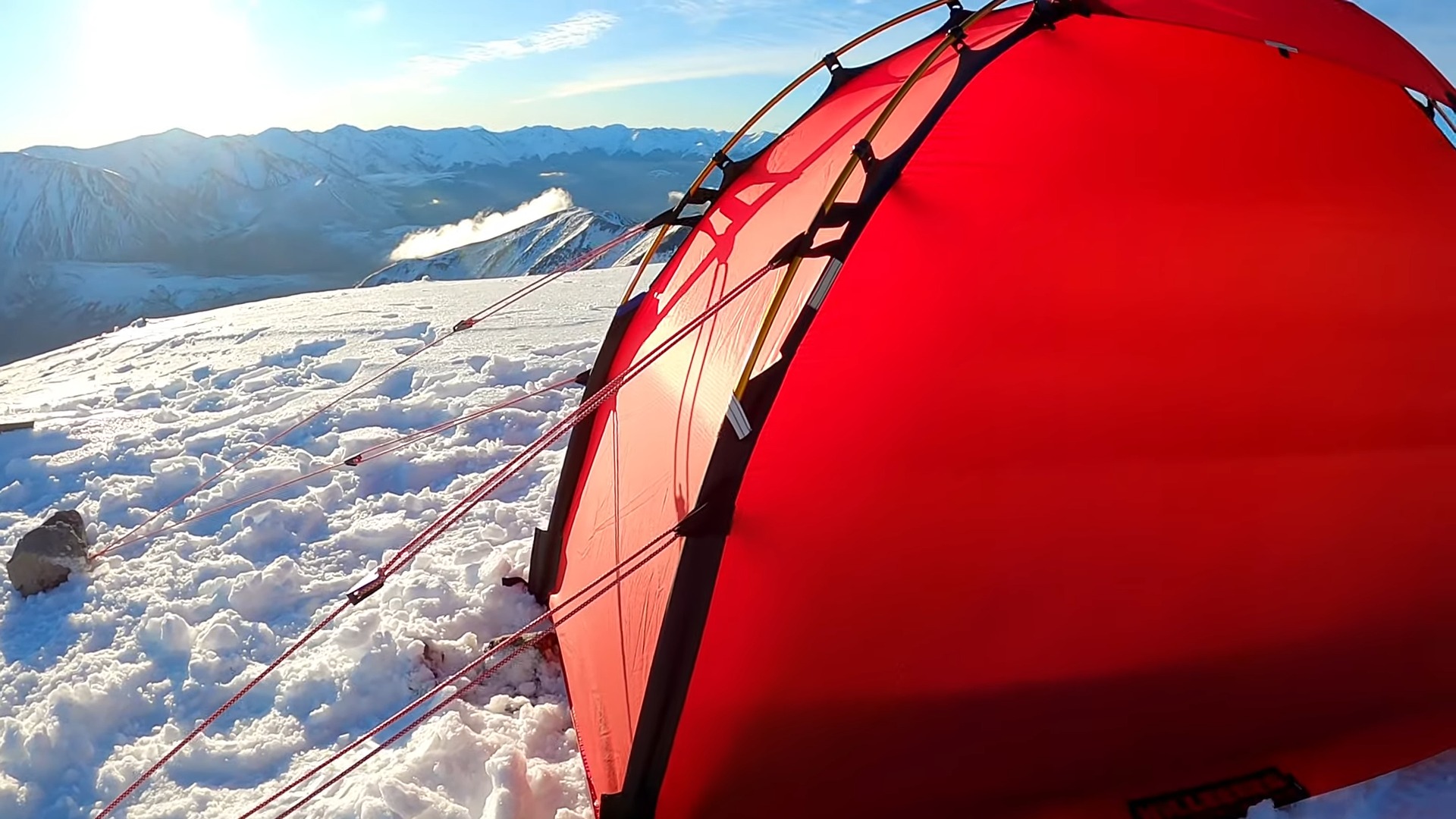
Setting up your tent is the next step is to reinforce your tent’s insulation. This can be a game-changer in retaining heat during chilly nights.
Here are some things to take into consideration:
- Ground Insulation: Use a high R-value sleeping pad, or layer two pads for additional insulation. The ground can sap heat from your body faster than the air, so this is crucial.
- Tent Carpets or Rugs: These add a layer of insulation and comfort underfoot, reducing the chill from the ground.
- Thermal Blankets: Placing a thermal blanket on the floor of your tent can reflect body heat back to you rather than losing it to the ground.
Another factors that will impact the insulation greatly is the position of your campsite.
Creating Heat Sources Safely
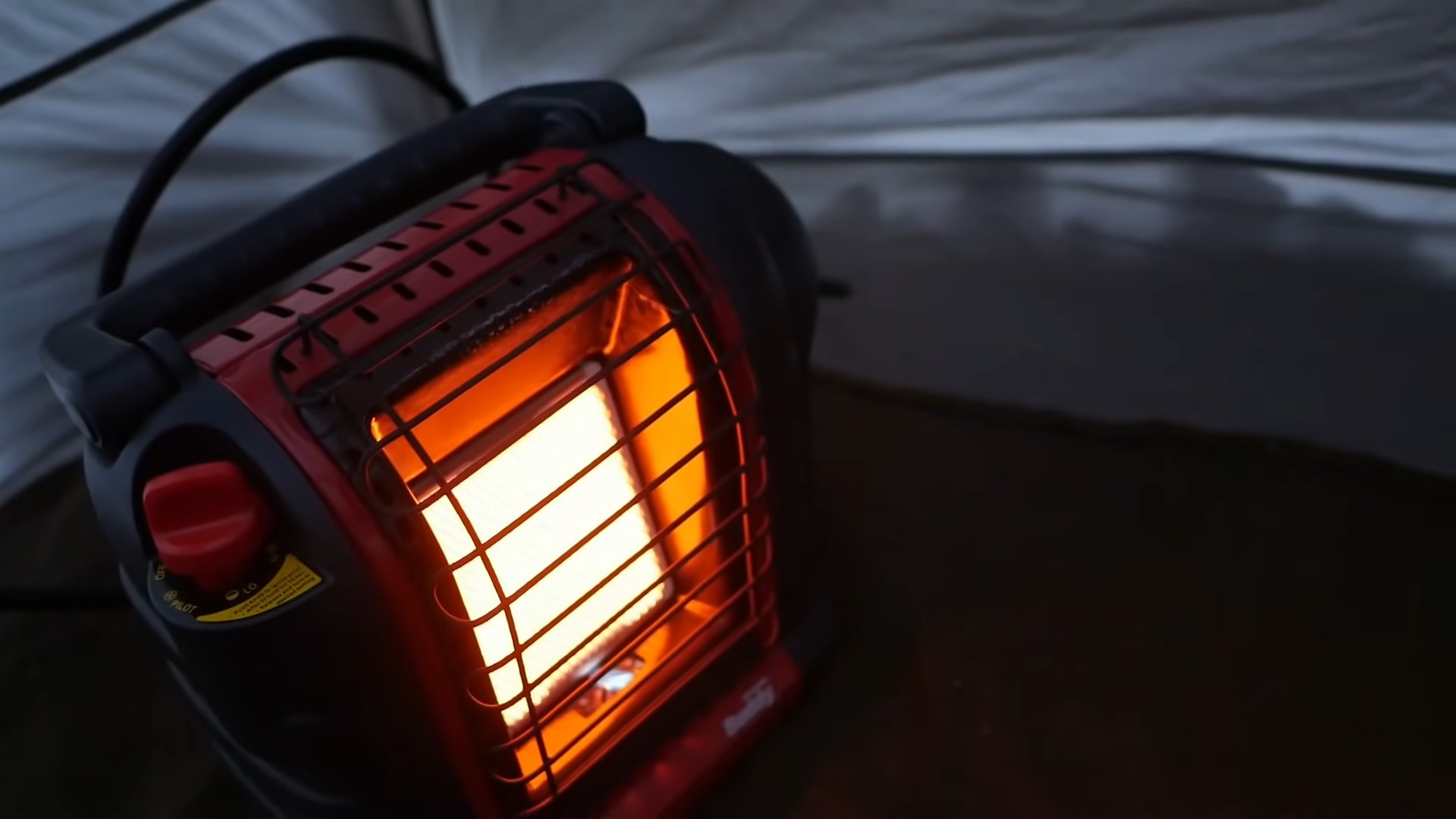
Introducing heat sources into a tent requires caution. Portable heaters designed for tent use can be effective, but it’s essential to use them responsibly to prevent carbon monoxide poisoning or fire hazards. Always ensure that any heater you use is approved for indoor use and has an automatic shut-off in case it tips over.
Candle lanterns can provide a small amount of warmth, but they must be used with extreme caution due to the risk of fire. Never leave a candle lantern unattended and ensure it is properly ventilated.
When it comes to using stoves for heat inside a tent, this is not a recommendable option. We recommend you to use backpack stoves solely for outdoor activities. It goes without saying that these should be maintained properly.
Sleeping Bag Shape and Construction
The design of a sleeping bag can also affect its warmth:
- Mummy Bags: These are tapered from head to foot, reducing air space and maximizing heat retention. They often include a hood that can be cinched closed for added warmth.
- Rectangular Bags: These provide more room to move around but are generally not as warm as mummy bags because of the extra space inside the bag that needs heating.
- Baffles: These are the compartments that hold insulation in place. Horizontal baffles are ideal for campers who sleep on their sides, while vertical baffles are better for back sleepers.
The Importance of Ventilation
A tent that is too airtight can lead to condensation buildup from breathing and perspiration, making everything damp and cold. To prevent this, your tent should have adjustable ventilation points to allow moisture to escape.
Even in cold weather, it’s important to use these vents to maintain a balance between keeping the tent warm and preventing condensation. This often means keeping a vent or two open near the top of the tent where warm, moist air rises and can escape without letting in too much cold air.
Another reason why ventilation is crucial is that the smoke caused by the stove can enter the tent.
DIY Insulation Hacks
For those looking to enhance their tent’s warmth without breaking the bank, there are several DIY hacks that can be employed. Here are a few bullet points with simple yet effective methods:
- Reflective Windshields: Those designed for car use can be repurposed to line the tent walls, reflecting body heat back inside.
- Bubble Wrap: A layer of bubble wrap can serve as an additional insulating layer beneath your sleeping area.
- Wool Blankets: Draping wool blankets over your sleeping area can trap heat effectively.
FAQs
Is it safe to cook inside a tent to stay warm?
Cooking inside a tent is not recommended due to the risks of fire and carbon monoxide poisoning. Always cook in a well-ventilated area away from the tent.
What should I do if my sleeping gear gets wet?
Dry any damp gear as soon as possible. Use body heat, a campfire (if safe and permitted), or hang items in a dry area. Always have a backup plan, such as extra clothing or an emergency blanket. If you are looking to avoid this completely, opt for dry camping where water is a scarce resource.
Can I use a portable heater inside my tent?
Yes, but it must be designed for indoor use and have safety features like automatic shut-off. Always follow the manufacturer’s guidelines and never leave it unattended.
What should I avoid doing to stay warm in a tent?
Avoid wearing damp clothing to bed, consuming alcohol before sleeping (it lowers body temperature), and using unsafe heat sources inside the tent.
The Bottom Line
In closing, staying warm while camping during winter is about smart preparation and understanding the interplay between your body and the environment. Each piece of gear, every layer of clothing, and all the food you consume plays a role in your thermal comfort.
But beyond the physical preparations, there’s a mental aspect to embracing the cold. It’s about respecting nature’s power and reveling in the beauty of the crisp air and the quiet of a winter’s night.
Hey everyone, I’m Jared. Outdoor life wasn’t something I inherited. My parents had never been on a trail or in a tent. The outdoors found me another way. My best friend in middle school had a deep appreciation for nature, and his enthusiasm rubbed off quickly. We spent countless afternoons trekking through local trails, soaking up everything we could along the way.
That interest never faded. Through college, I kept hiking and spending as much time outdoors as possible. After junior year, I took a break from school to chase a dream: completing the Appalachian Trail. I made it through, but not without setbacks. I spent nearly every dollar I had on gear—some pieces were solid, but others let me down hard. One highly praised backpack barely survived a week. Watching money vanish like that stung. No one deserves to be misled.
Too many reviews felt like fluff. I knew something had to change. I started asking other hikers and survivalists what they looked for, what they struggled with, and what they wish they had known sooner. Over time, a clear picture formed. People didn’t just need help picking gear—they needed to avoid unnecessary purchases. They wanted clear answers, honest reviews, and practical advice.
That’s when GearDesciple began to take shape. It started as a passion project and became a trusted source for survival, hunting, and everyday carry insights.
As the site grew, so did the workload. Late one night, I called my brother Matt and pitched the idea of joining forces. He jumped in, and it turned out to be one of the best moves I’ve ever made. His dedication and insights strengthened the site, and together we’ve built something we’re proud to share.